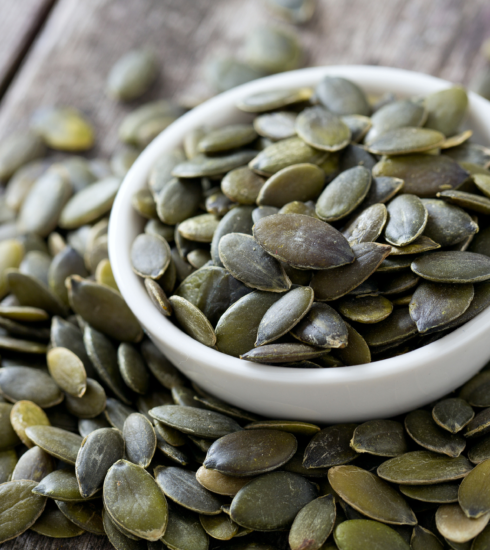What is Candida & 24 Symptoms Associated With It
Candida is one of several yeast and fungal organisms in the body. In a healthy immune system, “good” bacteria keep these organisms in check, so they don’t grow out of control. But when our body ecology is out of balance then candida grows wild and causes a variety of symptoms.
When the immune system is weak, candida can take over the intestinal tract, vagina, sinuses and the surface of the tongue. Our body ecology can be imbalanced by eating too much sugar, taking antibiotics or being exposed to poor quality air and water. Candida thrives on sugar, and unless the source of food is eliminated, it will quickly spread entire body systems and can cause discomfort.
How Do You Know You Have Candida?
If you’ve ever had recurring ear problems, skin rashes, aches and pains or other physical ailments, then you may have a yeast-related condition.
There can be differing levels of yeast in the body, causing mild to major symptoms. Here are some major symptoms of candida in the body:
- Fatigue or lethargy
- Feeling “drained”
- Poor memory
- Feeling “spacey”
- Insomnia
- Muscle weakness or paralysis
- Pain or swelling in the joints
- Abdominal pain
- Constipation
- Impotence
- Bloating or intestinal gas
- Infertility or endometriosis
- Attacks of anxiety
- Cold hands or chilliness
- Shaking or irritable when hungry
How to Get Rid of Candida
Diet is one of the main tools in fighting candida. Eat the following foods to begin to balance the body ecology.
- Raw vegetable juices
- Teas
- Kefir
- Raw butter, oils, ghee
- Lemons
- Limes
- Cranberries
- Raw vegetables and salads
- Green vegetables
- Soaked and sprouted almonds
- Red skin potatoes
- Ocean vegetables (nori, kombu, seaweed)
- Winter squash
- Root vegetables
Read more on alkaline foods.
*Always consult your doctor or healthcare professional to make health diagnosis.










